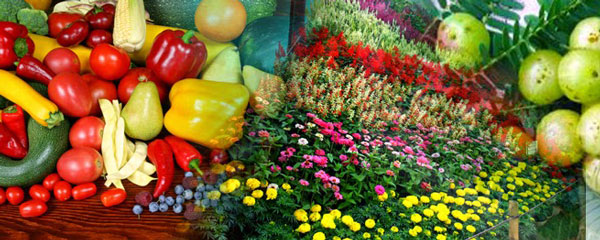
Farmers growing Ex-Mukurweini potato variety stand high chance of benefiting from its multipurpose nature and double their income from selling the potato storage roots which are used as food by human beings and the vines as fodder for livestock.
Ex-Mukurweini has short maturity period compared to other potato varieties and their hardiness and resistance to diseases makes it one of the favorites to most farmers. Their high starch content also makes them a valuable source of energy for human beings and livestock, according to Kenya Agricultural Research Institute Report (KARI) 2005-2006.
“Ex-Mukurweini are highly vegetative sweet potato varieties with both high dry matter and crude protein content that are used as fodder supplement for dairy animals,” said Ephraim Mukisira, Director KARI adding that its high protein content foliage makes it a cheap source of protein for livestock feeding.
READ ALSO: Farmers make silage from sweet potato vines
READ ALSO: Sweet Potato vines silage making as Pig feeds
READ ALSO: Sweet potato vines and roots silage offers livestock more proteins
The potato grows best with a well-distributed annual rainfall of 600-1600 mm during the growing season. Dry weather favours the formation and development of storage roots which are later harvested for food.
Experts advise that if there is no critical dry season, Ex-Mukurweini sweet potato can be planted at any time. In regions with a critical dry season, planting early in the rainy season is the best. It is usually planted towards the end of the rainy season if this is long and very wet.
Planting an acre of sweet potatoes, one needs an average of 20 bags of vines. Cost of vines per bag is Sh1500 while 20 bags cost Sh30, 000. This is the cost of the vines whether for planting or fodder use. Ex-Mukurweini can produce between 20-30 tons per acre per year.
In case of the sweet potato storage roots consumption, a farmer should harvest within 4 months to prevent weevil damage using implements such as a stick, spade or hoe is to avoid any unnecessary post-harvest losses. Today, a 50 kg bag of sweet potatoes goes for between 2000 and 2500 in Nairobi.

















